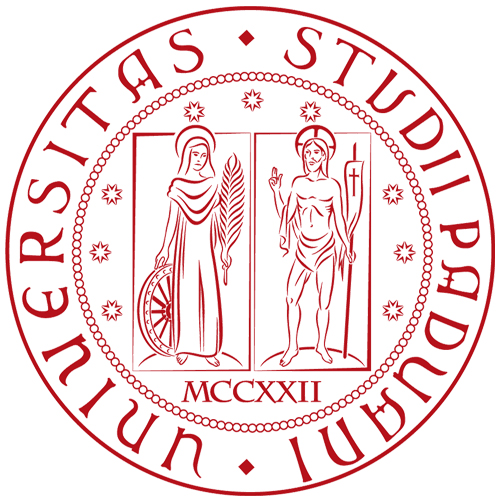This fragmentary decree was issued by the city of Mylasa, probably soon after 240 BC, to honour Seleukos II’s strategos Olympichos for liberating the city. Although the order to give the city freedom and democracy had stemmed from the king, Olympichos and the Mylanians represented the events by stressing their own roles and placing the focus on Olympichos’ benevolence and on the city’s gratitude. For this reason, Olympichos receives a full-scale series of cultic honours by means of which his status closely resembles that of contemporary kings. A sculptural group representing the Demos in the act of crowning Olympichos was flanked by an altar where an annual procession and sacrifice took place, having Olympichos as their cult recipient. The decree prescribes a series of activities (sacrifice of two bulls, banquet of the civic elite, stephanephoria of the citizens and the other inhabitants, singing of hymns) establishing a ritual equation between Olympichos and the most important figures of Mylasa’s past, from Maussollos to the Founders of the city (among which the Hekatomnids should also be counted). The text was republished in the sanctuary of Zeus Labraundos at Labraunda in the late 2nd cent., probably as a way to advertize the identity and the territorial claims of Mylasa at the time of the constitution of the Roman province of Asia.
Permanent ID:
http://s.phrc.it/phrc062Images
Photo 1: Squeeze of the inscription (I.Labraunda 134 + 49), from Isager - Karlsson 2008, fig. 2
Photo 2: Arhchaeological Plan of Labraunda, from Williamson 2021, p. 116






